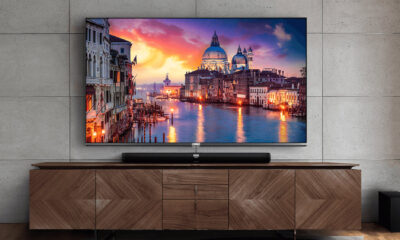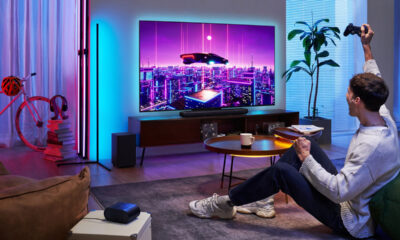News
TCL NXTPAPER 11 Gen 2 launched with 11″ eye-friendly display & 8000mAh battery

TCL has launched the NXTPAPER 11 Gen 2, a tablet built to combine the comfort of paper-like reading (know more about NXTPAPER tech here) with the full experience of Android. It targets users who want entertainment, productivity, and endurance in one device.
TCL NXTPAPER 11 Gen 2 Specifications
The NXTPAPER 11 Gen 2 features an 11-inch FHD+ NXTPAPER 4.0 display that filters 61% more blue light than a standard LCD. It comes with a dedicated NXTPAPER button that switches between Ink Paper mode for reading, Color Paper mode for softer visuals, and standard mode for everyday use. The screen reaches 500 nits in sunlight and supports a 60Hz refresh rate.
The tablet includes several AI features: Smart Voice Memo for transcription and summaries, Writing Assist for text generation, and Real-time Subtitles for better communication. It also features Smart Translator for text, image, and voice translation, while Circle to Search with Google enables quick visual searches.
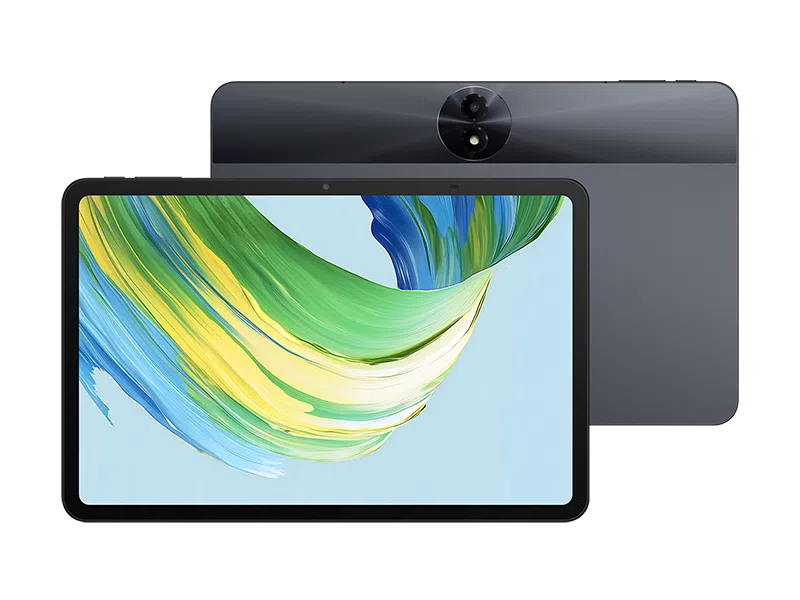
Credit: TCL
It operates on Android 15 with a MediaTek MT8786 octa-core processor, 8GB RAM plus 8GB virtual memory expansion, and 128GB storage expandable to 1TB via microSD.
The NXTPAPER 11 Gen 2 comes with an 8000mAh battery that delivers up to 19.9 hours of video playback and up to 59 days of standby time. It supports 18W fast charging over USB-C and can reverse charge other devices.
It features dual speakers and dual microphones for streaming and video calls. The tablet sports an IP54 rating for splash and dust resistance and weighs 500 grams with a slim metal design.
Pricing and Availability
Coming to the pricing, the Wi-Fi 6 model with 6GB RAM and 64GB storage costs $269.99, while the 8GB RAM and 128GB variant is priced at $299.99. Both versions include a case and T-Pen in the box. These are now available on Amazon.
We also recently covered TCL tripling its printed OLED capacity as it invests in next-gen displays, along with an explainer on TCL Chinese Cinema and why it is widely searched.
(Source)
Buying Guides
Best TCL TVs Under $500 You Can Buy in 2025
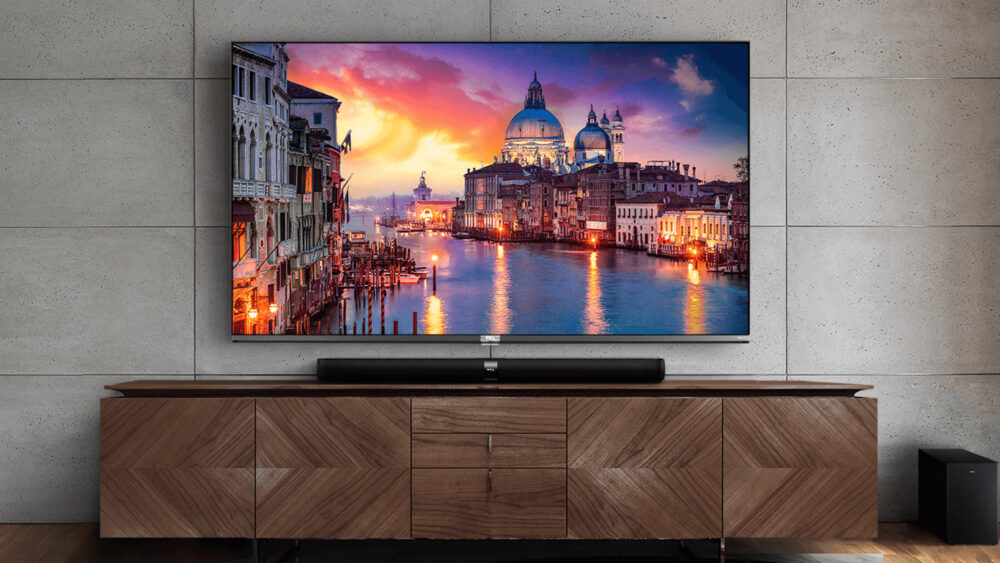
What sets TCL apart from other brands when it comes to TVs is the pricing. The company offers a wide range of options in the sub $500 category, where you can easily score models with 50-65-inch sizes. When there are many options, picking the one TV that suits your needs can get tough. Below are five strong options in the sub $500 price segment to clear that confusion.
Best TCL TVs Under $500
1. TCL QM6K Mini-LED
– Best Overall Under $500
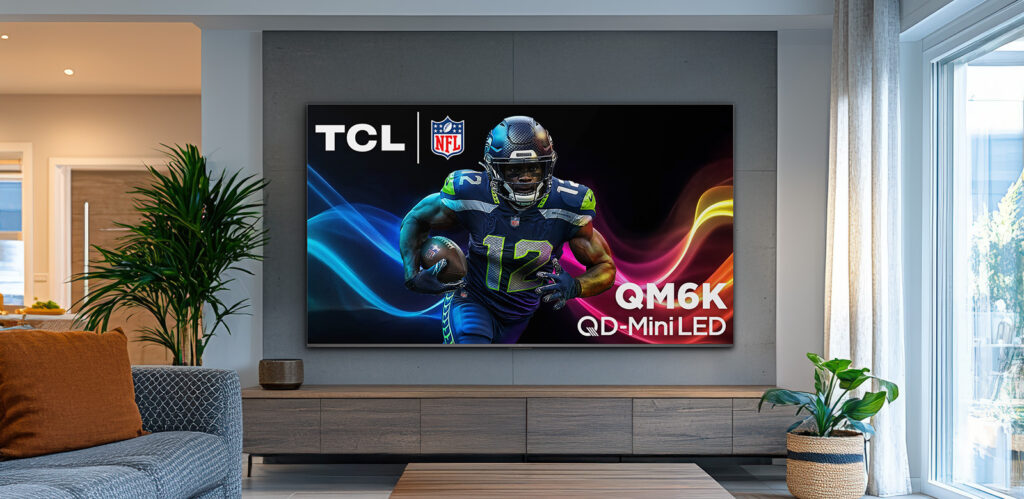
The TCL QM6K is considered TCL’s best-value Mini-LED TV. This brings quantum dots, up to 500 local dimming zones, and around 700-nit HDR brightness at budget prices. You get a 144Hz native refresh rate, Motion Rate 480 with MEMC Frame Insertion, AIPQ Pro Processor with Deep Learning AI, and Google TV smart OS. The TCL TV gets new Filmmaker Mode, IMAX Enhanced Certification, and Dolby Vision IQ. For audio, the TV gets you an Onkyo 2.1 speaker system with Dolby Atmos and DTS Virtual: X.
It is available in multiple sizes from 50 to 65 inches. You can score the 65-inch model for under $500 during the holiday sale.
2. TCL QM5K Mini-LED
– Runner-Up Picture Quality

This Best Buy-exclusive TCL QM5K Mini-LED TV comes with up to about 300 local dimming zones. It offers contrast close to the QM6K but with a 60Hz native panel. There’s an Onkyo 2.1 speaker system with Dolby Atmos and DTS Virtual: X. The AiPQ processor uses AI to control contrast, motion, color, clarity, and upscaling. There’s HDR10 Pro+ with HDR10+, HDR10, and HLG, and 240Hz Motion Rate.
The 65-inch model, during promotions, can be yours for just $450, making it an ideal recommendation while also saving some bucks.
3. TCL T7 Series
– Newest Model
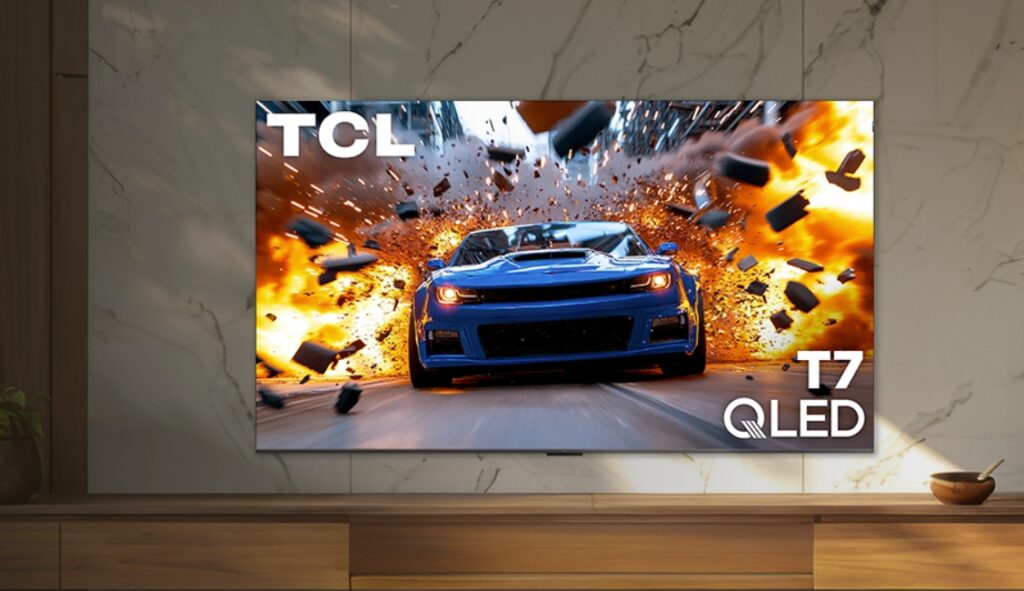
TCL T7 series is the brand’s new lineup that offers the latest and most modern features that one will expect. You get a QLED-Quantum Dot Technology panel with a 4K UHD panel. For gamers, this is a delight as it’s the official partner of the Call of Duty game. To that extent, you get a 120Hz high refresh rate, with a 144Hz variable refresh rate.
There’s TCL’s AiPQ processor to enhance the display experience, Game Accelerator 288, HDR Pro+ with Dolby Vision, HDR10+, HDR10, & HLG. The lineup gets Google TV OS with hands-free voice control, voice remote, Google Chromecast built-in, and AirPlay 2. Audio enthusiasts will be happy to know there’s Dolby Atmos support.
The 55-inch size is available for $380 on Amazon during this holiday season. If you have the budget, you can stretch to $500 and get the 65-inch variant.
4. TCL 4-Series / S455
– Cheapest 4K Roku TV
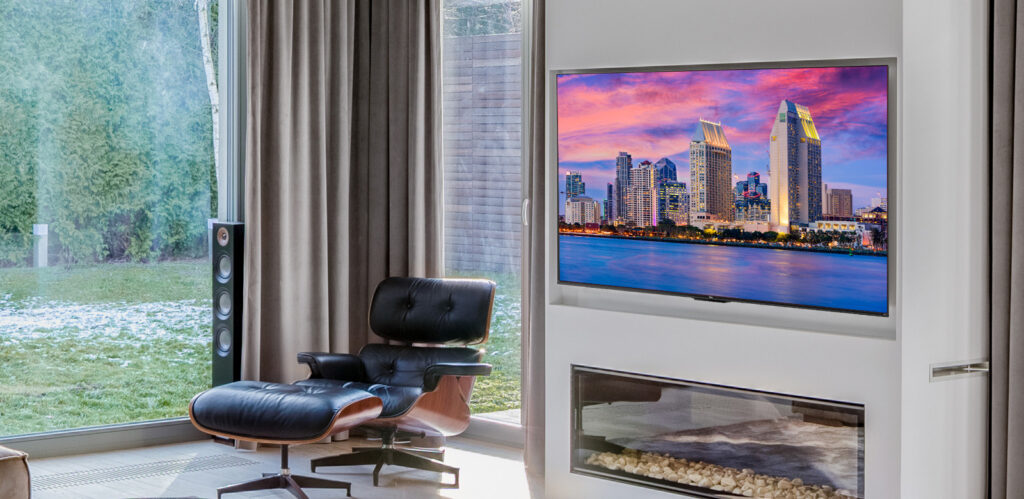
The TCL 4-Series/S455 is one of the most popular entry-level 4K Roku TVs, especially now that it’s available at its low price. It uses a VA panel with relatively high native contrast and good black uniformity, which helps dark scenes look more convincing than on many other cheap edge-lit sets, even though it lacks local dimming entirely. You get easy voice control with Siri, Alexa, and Hey Google. The edge-to-edge design blends nicely in your living room. You can stream free TV, live news, sports, movies, etc.
It is not ideal for demanding HDR or serious competitive gaming, but for casual streaming, broadcast TV, and general use, it offers consistent performance and one of the most user-friendly smart platforms available. The 43- and 50-inch S455 models are currently available for $400 and $500, respectively.
5. TCL S4 / S450G
– Budget 4K with Google TV
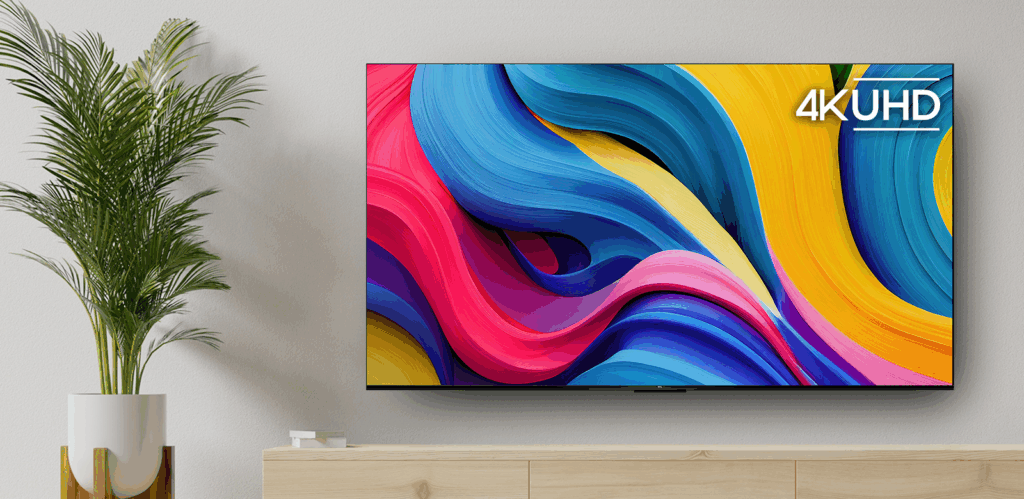
This one is for viewers who prefer Google’s ecosystem and want to minimize spending. This budget TV brings a 4K panel with decent color accuracy and low input lag. It is suitable for light gaming and your everyday streaming needs. This gets HDR Pro (Dolby Vision, HDR10, & HLG), Motion Rate 240 with MEMC Frame Insertion, and Auto Game Mode (ALLM).
For audio, the TV gets you Dolby Atmos and DTS Virtual: X. There’s Chromecast built-in, 3 HDMI inputs, and dual-band Wi-Fi. For around $500, you can get the 58-inch size for $380, while the 65-inch size version is available for $530 during the holiday sale. While it does not offer local dimming or high-end HDR performance, the combination of 4K resolution, Google TV interface, and low cost makes it a strong “no-frills” smart TV for secondary rooms or first-time 4K buyers.
Key Specs at a Glance
| Model | Panel / Tech | Strengths | Typical size under $500 |
|---|---|---|---|
| TCL QM6K | QD Mini-LED, 144 Hz | Best all-around image and gaming under $500 | 55-inch (often 65-inch on sale) |
| TCL QM5K | QD Mini-LED, 60 Hz | Best 65-inch picture quality under $500 | 65-inch |
| TCL T7 | QLED, up to 120 Hz | Balanced image and gaming under $500 | 65-inch |
| TCL 4-Series S455 | LED, 60 Hz | Cheapest decent 4K Roku TV | 43-55 inches |
| TCL S4 / S450G | LED, 60 Hz | Low-cost 4K with Google TV | 55-65 inches |
How to Choose the Right TCL TV Under $500
When buying a TV, you’ll have to start planning with room size and viewing distance. The 55-inch screen is a sweet spot for most living rooms. While the 65-inch version offers a more cinematic feel, it requires a bigger room to make the experience more pleasing. If you care about movie-like contrast and regularly watch HDR content in dim lighting, you are better off with the Mini-LED QM6K or QM5K for their local dimming and higher brightness.
For gamers, it’s always ideal to have a TV with a higher refresh rate and low input lag. Here, the QM6K and TCL T7 are particularly attractive due to their higher-refresh gaming modes. If you’re not that into the technical details and want a TV just for casual streaming, the inexpensive 4-Series S455 or S4/S450G offer plenty of value.
In related news, TCL recently launched the A400 Pro QD Mini LED Art TV with a 4K 144Hz display.
News
Why the 2026 FIFA World Cup Will Spark a Major TV Market Rebound
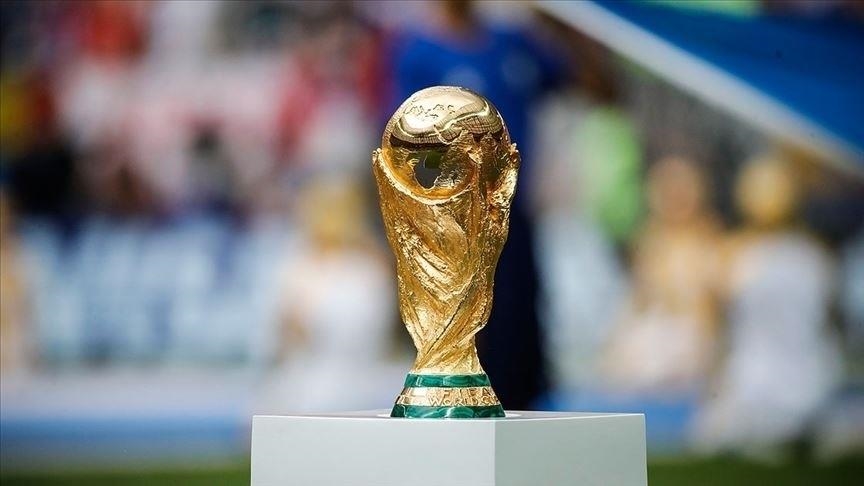
The 2026 FIFA World Cup isn’t just rewriting the rules of football; it’s reshaping the global TV industry. With the tournament set to be the biggest in history, industry giants like BOE and TCL are already signaling a resurgence in the television panel market. If you’ve been tracking the panel price rollercoaster over the past few years, you’ll recognize the significance: for the first time in a while, there’s a real sense of momentum.
World Cup Effect Is Real and Bigger Than Ever
Let’s start with the numbers. The 2026 World Cup expands to 48 teams, a 60 percent jump in match volume compared to previous tournaments. It stretches over 40 days, with matches across the United States, Canada, and Mexico. It’s not just a sports event; it’s a global content engine that demands screen time, literally. That translates into renewed interest in bigger, sharper, and smarter TVs.

Photograph by David Ramos / FIFA / Getty
BOE, in its latest investment briefing, paints a bullish picture. It expects demand for both IT and TV panels to climb, driven by upgrade cycles and AI features, but crucially, by the emotional and social pull of the World Cup. TCL Technology echoes the sentiment, pointing to the steady uptick in demand for large-size LCDs. As consumers prepare for the spectacle, downstream brands are already stockpiling inventory.
TV Panels Are at an Inflection Point
After months of flat or declining prices, the panel market is finally showing signs of life. Analysts forecast an inflection point in December 2025, when the combination of seasonal stocking, Spring Festival demand, and early World Cup excitement converges. According to authoritative sources, prices for 32″, 43″, 50″, and 55″ panels are stabilizing. Quotes from non-strategic customers have even ticked up by $1-2 per unit.
That might not sound like much, but in the razor-thin-margin panel business, it’s meaningful. It suggests pricing power is returning to manufacturers after a long stretch of oversupply and underwhelming consumer demand.
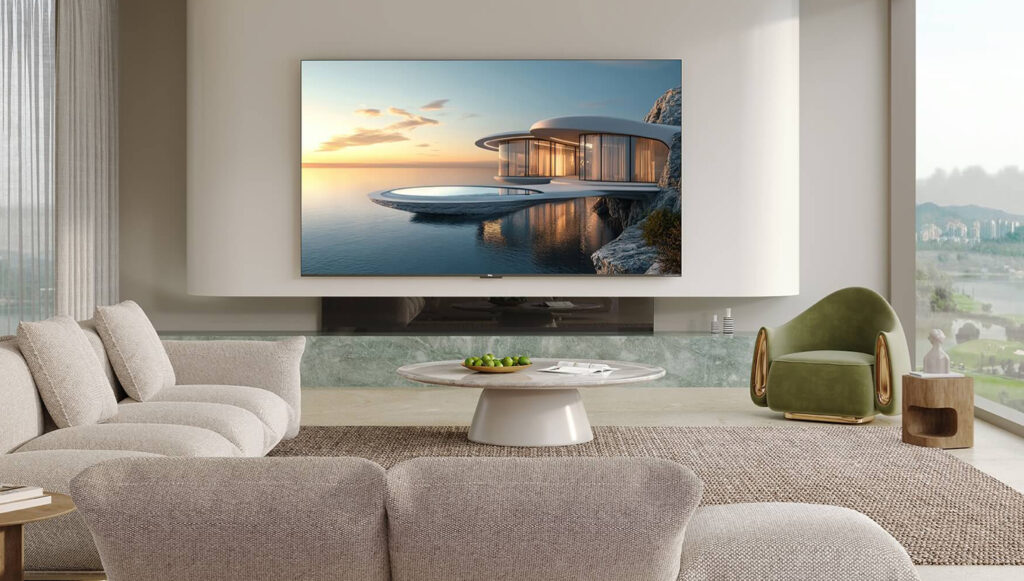
Why It’s Different This Time
Sports always spike demand, but 2026 hits different. For one, there’s a wider global audience. Two, the tech behind modern TVs like AI image upscaling, 4K/8K, Mini-LED, and OLED panels is finally reaching a level where consumers see clear upgrades from older sets. And third, the post-pandemic normalization of home entertainment habits makes big-screen upgrades feel like a justifiable splurge again.
BOE and TCL’s confidence isn’t just based on hype. Utilization rates are rising, and panel pricing, long in the dumps, is climbing back. TCL points out that despite increasing screen sizes, supply-side capacity has remained relatively stable. That creates a perfect storm: surging demand with constrained supply.
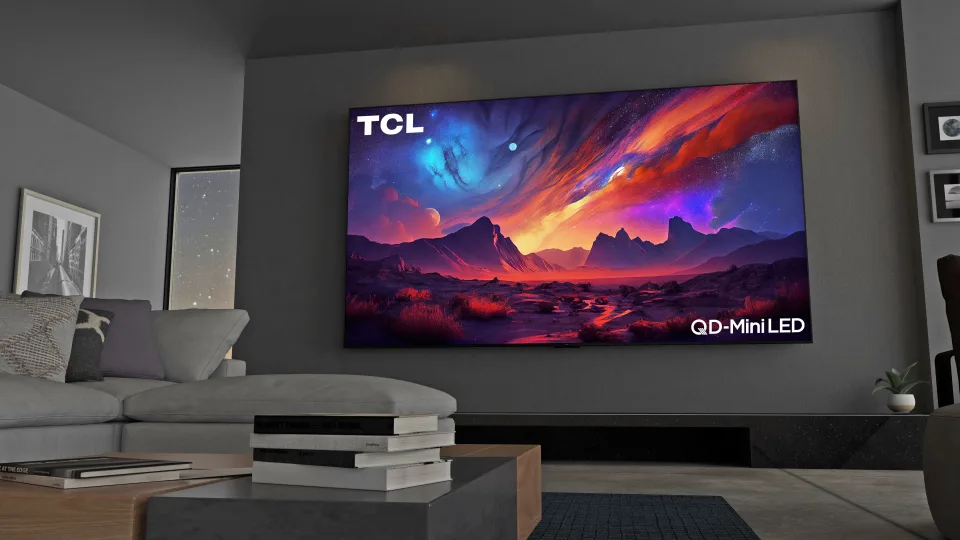
The Bottom Line
If you’re wondering whether the World Cup really has that kind of impact, consider this: for millions of fans, the matchday experience now starts with a panel purchase. And for the TV industry, the 2026 World Cup could be the biggest assist it’s seen in a decade.
This time, the beautiful game might just revive the flat panel.
In related news, TCL recently launched the A400 Pro QD Mini LED Art TV with a 4K 144Hz display.
News
BOE and TCL Expect TV Prices to Rise Ahead of World Cup
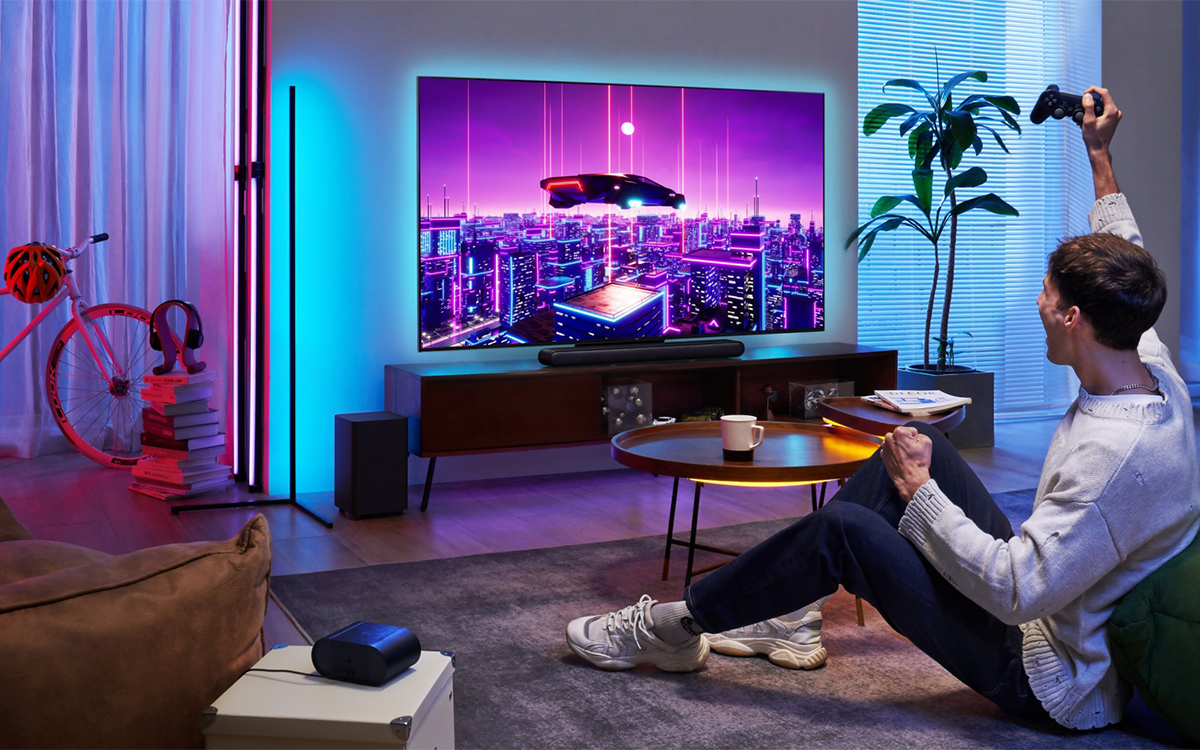
BOE and TCL Technology have issued positive forecasts for the TV panel market in 2026. Both companies expect demand and pricing to rebound, driven by upgrade cycles, AI integration, and increased consumption ahead of major global sporting events.
BOE and TCL Say TV Panels Are Bouncing Back
BOE recently shared its outlook in an investment briefing. The company said it expects rising demand for IT and TV display panels, supported by product refresh cycles and AI-powered features. It also pointed to the 2026 World Cup and other sports events as key demand drivers. BOE said December has entered the peak stocking season, and industry analysts now predict that panel production lines will operate at high utilization rates. These conditions are likely to support price stabilization and gradual increases.
TCL echoed this sentiment in an investor Q&A. The company highlighted that the shift toward larger TV sizes has supported steady growth in total demand area over recent years. At the same time, supply-side capacity has remained stable. TCL said utilization rates for large-size LCD panels have steadily improved, and it expects this trend to continue.
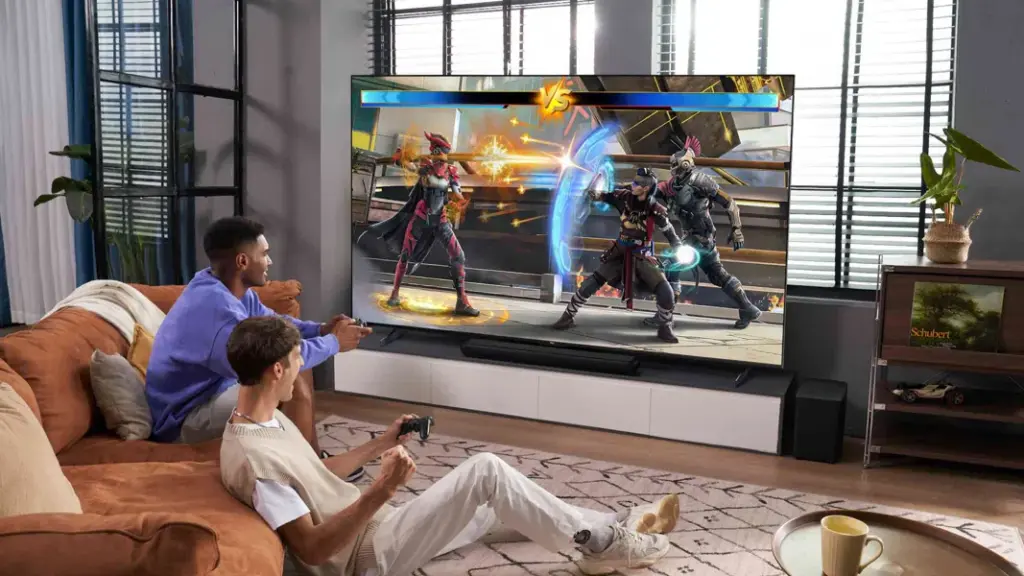
TCL also confirmed that downstream TV brands have already begun early stocking in preparation for the 2026 sports calendar. The company said this behavior reflects strong expectations for TV sales growth ahead of global events like the World Cup.
Third-party research firms support this outlook. Multiple forecasts now suggest that TV panel prices are entering a period of stabilization, with signs of a gradual rebound in the months ahead.
The panel market has faced extended pressure from oversupply and weak consumer spending. BOE and TCL now see a turning point, with improved demand fundamentals and a more balanced supply chain. If current trends hold, panel makers could benefit from a stronger pricing environment throughout 2026.
In related news, TCL recently launched the A400 Pro QD Mini LED Art TV with a 4K 144Hz display.
(Via)

